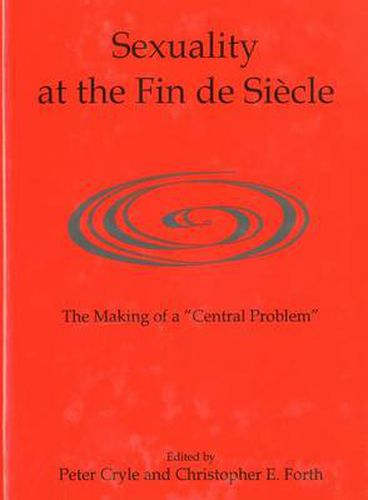Readings Newsletter
Become a Readings Member to make your shopping experience even easier.
Sign in or sign up for free!
You’re not far away from qualifying for FREE standard shipping within Australia
You’ve qualified for FREE standard shipping within Australia
The cart is loading…






It has come to be widely accepted that ‘sexuality’ as we know it took shape at the end of the nineteenth century, around the time that Havelock Ellis declared it the ‘central problem of life.’ Yet however self-evident Ellis’s claim about sexuality might seem, the act of placing something at the center is the consequence of insistent cultural work that engages with competing views about bodies and indeed about the ‘life’ of society. This volume explores how habits of thinking about the centrality of sex were articulated, how they engaged with pre-existing approaches to personal identity, and what competing discourses had to be displaced in order for sexuality to become as central as sexologists claimed it was. It shows that asserting the centrality of sexuality is not an innocent gesture, but one deeply implicated in a wide range of representations, practices, and experiences connected to discourses about race, gender, and other vectors of difference.
$9.00 standard shipping within Australia
FREE standard shipping within Australia for orders over $100.00
Express & International shipping calculated at checkout
It has come to be widely accepted that ‘sexuality’ as we know it took shape at the end of the nineteenth century, around the time that Havelock Ellis declared it the ‘central problem of life.’ Yet however self-evident Ellis’s claim about sexuality might seem, the act of placing something at the center is the consequence of insistent cultural work that engages with competing views about bodies and indeed about the ‘life’ of society. This volume explores how habits of thinking about the centrality of sex were articulated, how they engaged with pre-existing approaches to personal identity, and what competing discourses had to be displaced in order for sexuality to become as central as sexologists claimed it was. It shows that asserting the centrality of sexuality is not an innocent gesture, but one deeply implicated in a wide range of representations, practices, and experiences connected to discourses about race, gender, and other vectors of difference.